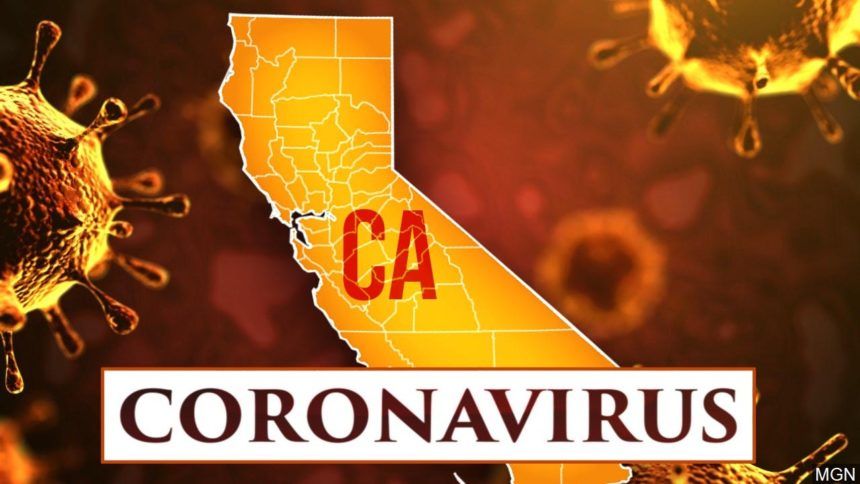California adds new equity metric counties must meet before easing restrictions

SACRAMENTO, Calif. (KION) California health officials announced that a new health equity metric will be added into consideration when determining a county's tier in the Blueprint for a Safer Economy.
Read more about the Blueprint for a Safer Economy here.
The state said it added the metric because some communities within counties have been disproportionately affected by COVID-19 and have higher rates of hospitalizations and deaths. Officials said many California counties have significant differences in test positivity among more and less advantaged neighborhoods, so the new metric is an effort to reduce transmission in all communities.
To move to a new tier, counties have to meet case rate and test positivity criteria, but now it will also need to meet the equity metric, and it will be based on size.
Counties with a population of more than 106,000 people must meet the equity metric by making sure that its most disadvantaged neighborhoods do not significantly lag behind the more advantaged parts of the county. Counties must submit a plan that defines its most disproportionately impacted population, specifies the percent of COVID-19 cases in those communities and shows that it plans to invest grant funds from the Epidemiology and Laboratory Capacity for Prevention and Control of Emerging Infectious Diseases at that percentage to prevent virus transmission. The money can be used for increased testing, disease investigation, contact tracing, isolation support and education and outreach efforts. This goes into effect for the tier assignment on Oct. 13, and a plan must be submitted before the county can move to a less restrictive tier.
Because it is difficult for the equity metric to be applied to smaller counties, the state said counties with 106,000 people or fewer must submit the same plan as described above, but will not be held to the equity metric, which the state says must:
"Ensure that the test positivity rates in its most disadvantaged neighborhoods, as defined as being in the lowest quartile of the Healthy Places Index census tracts, do not significantly lag behind its overall county test positivity rate."
State officials said they will partner with counties to help them collect data about race and ethnicity associated with testing and cases. About a third of cases and about half of test results do not include this data, but Monterey County does track that data.
Each county will be divided into quartiles based on the California Healthy Places Index, which includes a measure of 25 indicators that include economic, social, educational, transportation, housing, environmental and neighborhood sectors. The state said the lowest quartile HPI census tracts are home to 24% of Californians, but they account for 40% of COVID-19 cases.
Read more about the California Health Places Index here.
Under the equity metric, a county's lowest quartile test positivity rate must meet the threshold for a less restrictive tier to move up, and there is a possibility of moving up faster if the lowest quartile test positivity rate meets the threshhold for two tiers less restrictive.
The equity metric will not be a factor when deciding whether a county needs to move to a more restrictive tier.
Read the full health equity metric guidance issued by the state here.